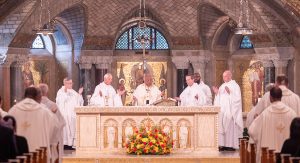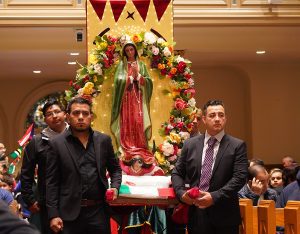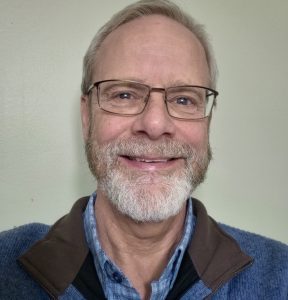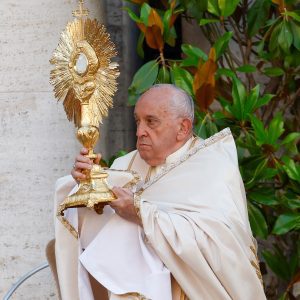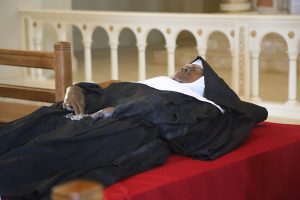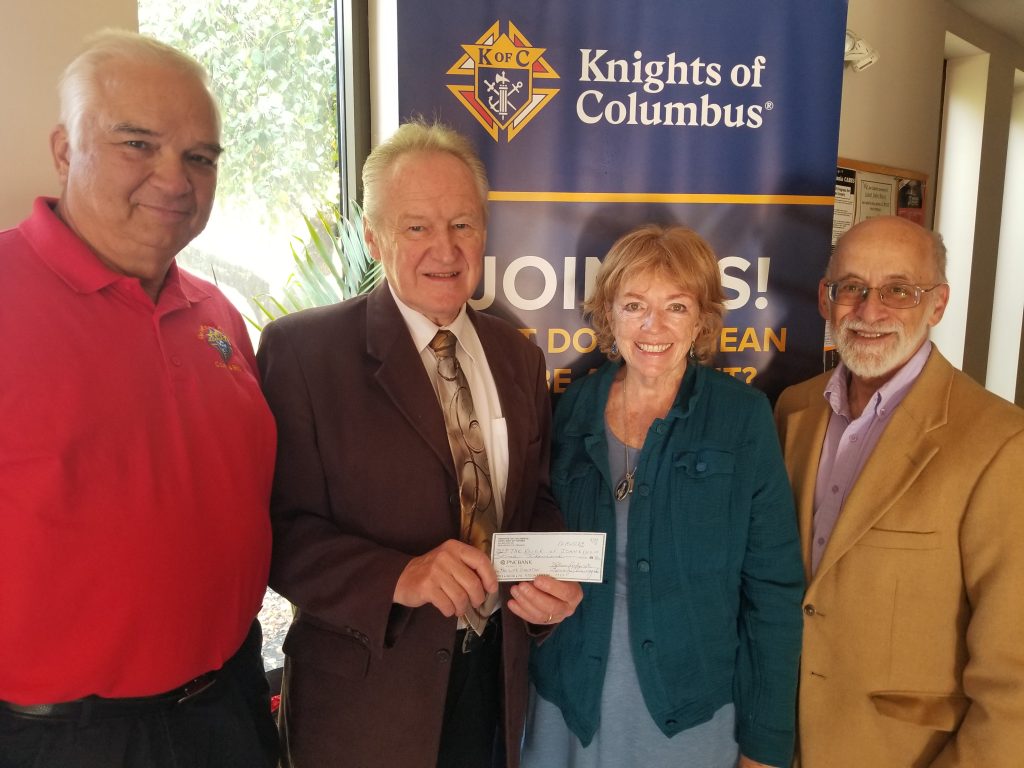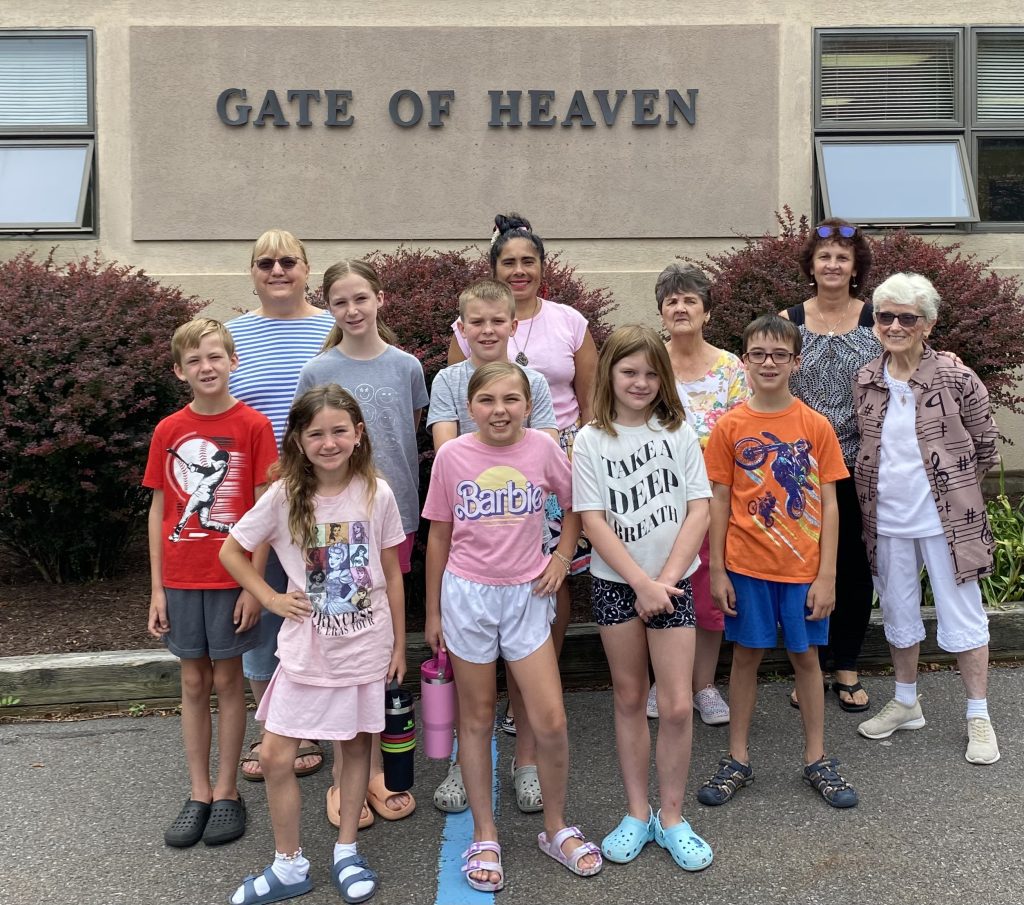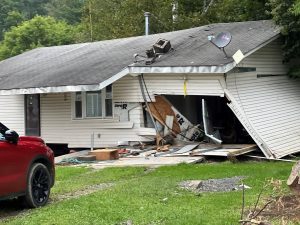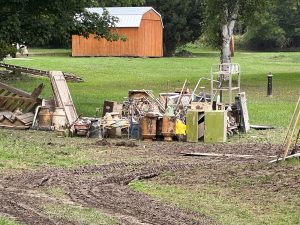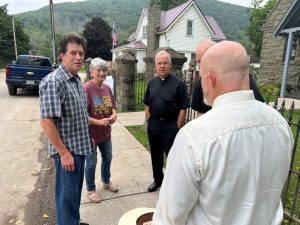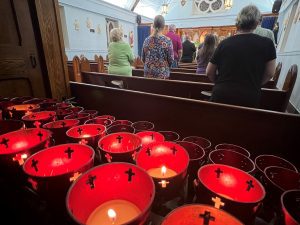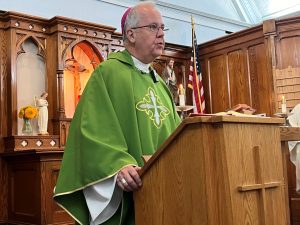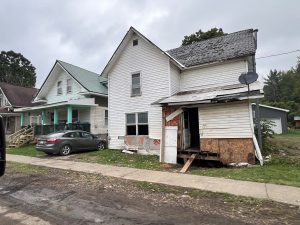
VATICAN CITY (CNS) – Being obedient to God’s commandment and spirit of love can radically change attitudes and actions to convert people from “predators” of natural resources to “tillers” of God’s great garden of planet Earth, Pope Francis said.
“The earth is entrusted to our care, yet continues to belong to God,” according to Judeo-Christian tradition, the pope said in his message for the 2024 the World Day of Prayer for the Care of Creation.
“To claim the right to possess and dominate nature, manipulating it at will, thus represents a form of idolatry, a Promethean version of humanity who, intoxicated by its technocratic power, arrogantly places the earth in a ‘dis-graced’ condition, deprived of God’s grace,” he wrote in his message, which was released by the Vatican June 27.
The World Day of Prayer for the Care of Creation, which will be celebrated Sept. 1, marks the start of the ecumenical Season of Creation. The season concludes Oct. 4, the feast day of St. Francis of Assisi, patron saint of ecology.
The theme for 2024 is “Hope and Act with Creation,” based on St. Paul’s Letter to the Romans (8:19-25), in which the apostle considers the destiny of the created world as it shares in the penalty of corruption brought about by sin, concluding that creation will share in the benefits of redemption and future glory that comprise the ultimate liberation of God’s people.
“Why is there so much evil in the world? Why so much injustice, so many fratricidal wars that kill children, destroy cities, pollute the environment and leave mother earth violated and devastated?” the pope said in his message.
“Creation itself, like humanity, was enslaved, albeit through no fault of its own, and finds itself unable to fulfill the lasting meaning and purpose for which it was designed,” he wrote, reflecting on St. Paul’s letter. “It is subject to dissolution and death, aggravated by the human abuse of nature.”
At the same time, St. Paul saw that “the salvation of humanity in Christ is a sure hope also for creation,” which will be “set free from its bondage to decay and obtain the glorious liberty of the children of God,” he wrote.
“This conversion entails leaving behind the arrogance of those who want to exercise dominion over others and nature itself, reducing the latter to an object to be manipulated, and instead embracing the humility of those who care for others and for all of creation,” he added.
“To hope and act with creation, then, means above all to join forces and to walk together with all men and women of goodwill,” he said in his message.
It also means rethinking the meaning and limitations of human power, which has “made impressive and awesome technological advances,” he wrote. However, “unchecked power creates monsters and then turns against us” and there is “an urgent need to set ethical limits on the development of artificial intelligence.”
Rather than being used for domination over humanity and nature, technology must be “harnessed for the service of peace and integral development,” he wrote.
The pope’s message said Christian theology and its understanding of hope play an important role in helping people of faith make the needed “ecological conversion.”
With God as the loving Father, his Son as the “friend and redeemer of every person, and the Holy Spirit who guides our steps on the path of charity,” he wrote, “obedience to the Spirit of love radically changes the way we think: from ‘predators,’ we become ’tillers’ of the garden.”
Presenting the pope’s message at a news conference at the Vatican June 27, Salesian Sister Alessandra Smerilli, secretary of the Dicastery for Promoting Integral Human Development, said “ecological conversion, like any conversion experience, is a spiritual event with visible, concrete repercussions.”
That is why this year’s message is “markedly theological,” she said, so that it can “support this awareness that makes hope almost a miracle of God in us, but also around us” and help the faithful respond concretely to what is happening in the world.
Father Alberto Ravagnani, who works in youth ministry for the Archdiocese of Milan, said it is important to help young Catholics be able to approach ecological crises and caring for creation from a place of faith and hope, rather than fear.
“The topic of caring for creation is not always adequately brought to the attention of children and young people as a topic of faith,” that is, linking the environment with “our identity as creatures, as children, as brothers and sisters.”
Responding to a question about activists who turn to violent or harmful methods to raise awareness about climate change and related issues, he said, the majority of young people are looking for positive ways to be engaged and help change things, “not by destroying …, but by shaping something new.”
That is why it is important to create real possibilities for young people to take the lead in constructive projects and even help with funding, the priest said.
Most young people are under the impression that the church is trying to hinder technological progress or that “God is insignificant” or “unreliable,” he said.
Young people need to see that the church questions development that threatens human dignity and creation, and promotes progress that is “for the true good of humanity.”

